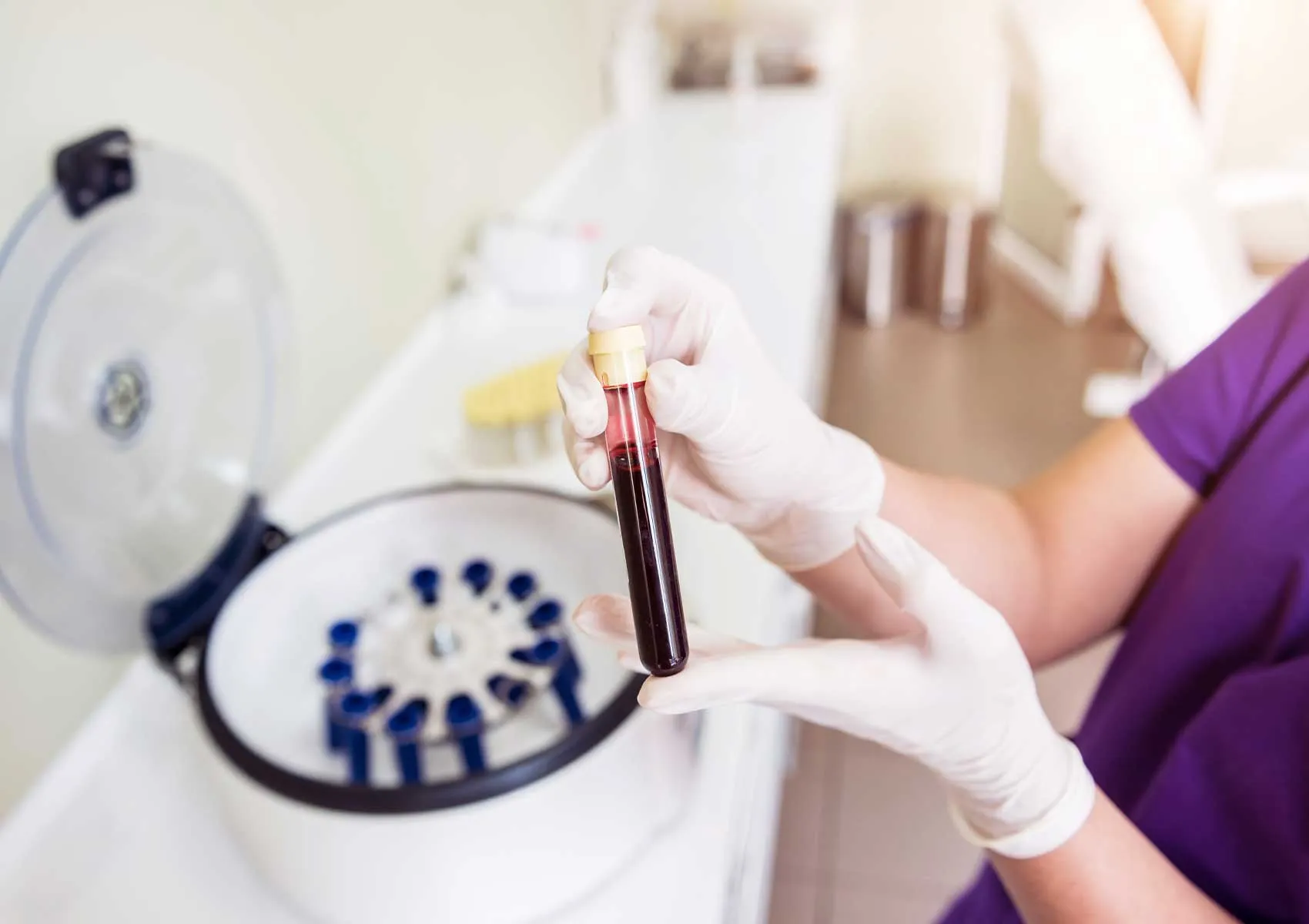Who Is Not Suitable for PRP Treatment?
Although PRP (Platelet Rich Plasma) therapy is beneficial for many orthopedic and sports injury patients, it is not suitable for everyone. Certain health conditions and risk factors can reduce the safety and effectiveness of PRP treatment. This article thoroughly examines who should not receive PRP therapy and when extra caution is necessary.
Platelet Rich Plasma (PRP) therapy has become a widely preferred regenerative treatment in orthopedics and sports medicine in recent years. It involves injecting plasma rich in platelets, derived from the patient’s own blood, into damaged tissues. PRP is known to support tissue healing, reduce inflammation, and relieve pain. However, various medical conditions, infections, and other health issues can make PRP treatment risky or ineffective. Therefore, proper patient selection is crucial for PRP application.
Unsuitable Conditions for PRP Therapy
Blood Disorders and Bleeding Conditions
Since PRP is obtained by centrifuging and processing the patient’s blood, the quality of blood cells must be sufficient. Patients with hemorrhagic or clotting disorders may experience negative effects during this process. Additionally, these patients have an increased risk of bleeding during injection. For example, PRP is not recommended for those with hemophilia, thrombocytopenia, or severe leukemia.
Infections and Active Diseases
PRP application is contraindicated in the presence of any infection. Injecting into a site with a local infection risks further damage, and introducing platelets into infected tissue can hinder healing. Active systemic infections, such as febrile flu or sepsis, are also conditions during which PRP should not be performed.
Cancer Patients
Malignant diseases can affect tissue regeneration and platelet functions. Since there is no clear data on whether PRP could influence tumor growth, PRP is generally not recommended for cancer patients, especially during active cancer phases due to potential risks.
Severe Systemic Diseases
Patients with chronic conditions like diabetes, severe autoimmune diseases, or serious cardiovascular problems may not be suitable for PRP therapy or must be evaluated very carefully. These diseases may reduce tissue healing capacity and increase the risk of complications during treatment.
Insufficient Quality or Quantity of Blood
Adequate healthy blood quantity is necessary to obtain PRP. If anemia or other blood disorders prevent obtaining enough platelet-rich plasma, the treatment may fail.
Medication Use and Anticoagulants
Patients using blood thinners (anticoagulants) must approach PRP treatment cautiously due to increased bleeding risk. Certain medications may interfere with platelet function and blood clotting, reducing the effectiveness of therapy.
Pregnancy and Lactation
PRP therapy has not been sufficiently studied in pregnant or breastfeeding women and is generally not recommended during these periods. Potential risks to both mother and fetus are unclear.
Risk Groups and Contraindications
When deciding on PRP application, a complete medical history, laboratory tests, and clinical examination should be carefully reviewed. Bleeding parameters must be evaluated, infection signs investigated, and any chronic illnesses considered. The benefit-risk ratio of treatment must be assessed jointly by patient and physician.
Furthermore, the quality of the PRP device, procedure sterility, injection technique, and frequency of application also impact treatment outcomes. Incorrect application may increase risks of infection, tissue damage, and pain.
Factors to Consider During PRP Application
Each patient responds differently to the treatment. PRP supports healing but is not a miracle cure. Appropriate patient selection, a correct treatment plan, and follow-up are critical.
- Blood tests and health assessments should be performed beforehand.
- Any signs of infection must be treated first.
- Blood disorders and systemic diseases must be carefully considered.
- PRP planning should be cautious during pregnancy and for patients on blood thinners.
- Sterile conditions must be ensured during treatment, and injection sites chosen meticulously.
When applied to appropriate patients under these criteria, PRP can accelerate recovery in many cases such as sports injuries, tendon problems, cartilage damage, and chronic pain. Nevertheless, in the situations listed above, it either should not be done or must be performed under expert supervision.
FAQ
-
Can PRP treatment be applied to cancer patients?
Generally, PRP therapy is not recommended for active cancer patients because its effects on cancer tissue are not well understood and there are potential risks.
-
What are the most important prerequisites for PRP treatment?
The most important prerequisites are normal blood clotting function, absence of infection, controlled chronic diseases, and sufficient blood quality.
-
Can I receive PRP treatment while pregnant?
There is insufficient scientific data on PRP use during pregnancy and breastfeeding; therefore, it is generally not advised.
-
Can I undergo PRP treatment if I use blood-thinning medication?
PRP treatment in patients using blood thinners must be carefully evaluated because of bleeding risk. You should inform your doctor about all your medications.
-
What tests are done before PRP treatment?
Laboratory tests like complete blood count, clotting profile, and infection markers are performed. General health and chronic conditions are also assessed.

